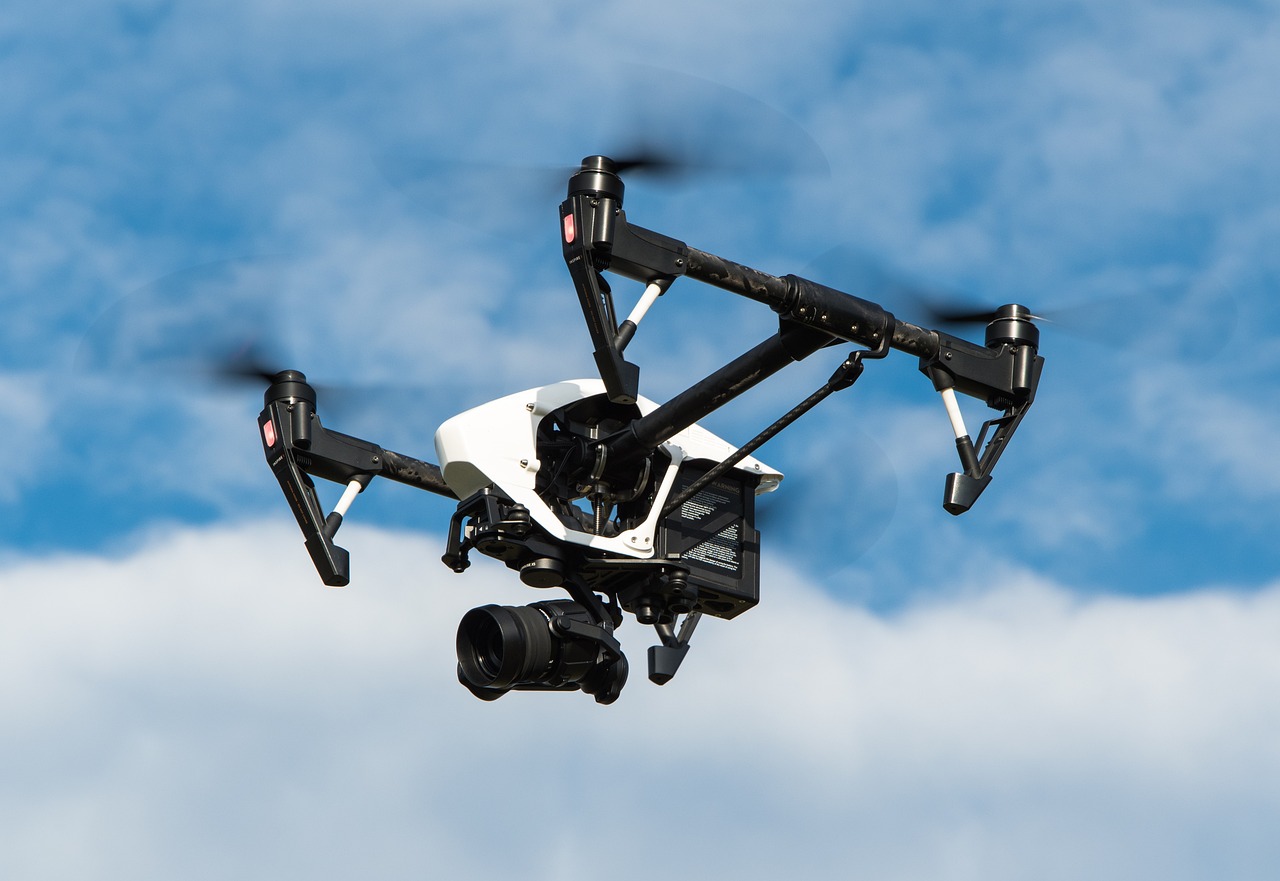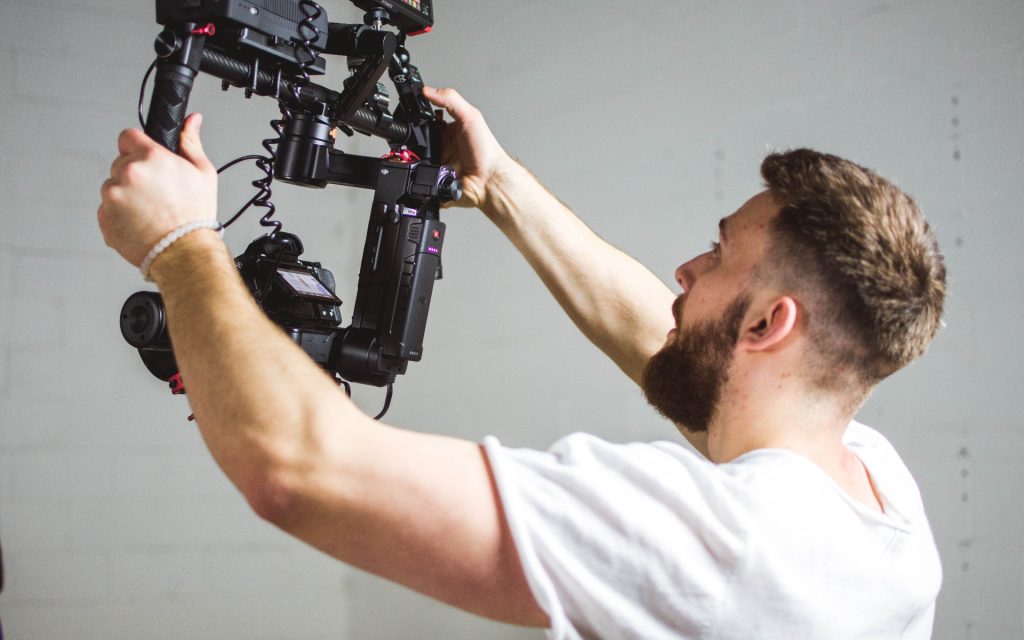
Any technical field is going to have plenty of jargon to master, and the world of drones is no different. While the world of drones may not have terms to master as the military, it’s doing its best to get there. We’ll take a look at a few specific pieces of drone terminology in this edition of our Drone Terms series.
UAV Terminology: Get Familiar with These Drone Terms
We’ve previously covered a variety of topics in our Drone Terms series, including some specifics on drone navigation and how to describe a UAV’s maneuvers. We’ve assembled a few different terms specific for civilian or hobbyist drone operators in this entry.
Ready to Fly (RTF) and Almost Ready to Fly (ARTF)
When you purchase a drone, you’ll probably encounter the terms “ready to fly” (RTF) or “almost ready to fly” (ARTF) at some point. These terms seem a little self-explanatory, but they can be intimidating for newer drone enthusiasts. RTF refers to a drone that is plug-and-play, requiring zero assembly before it takes to the sky (aside from charging its battery). ARTF drones, in contrast, require some assembly before you can fly them. Make sure you know what type of drone you’re buying before you make a purchase!
First-Person View (FPV)
If you’ve ever played a first-person shooter game like Battlefield, Call of Duty, or Halo, you’ll be familiar with the concept of a first-person view (FPV). Essentially, FPV puts a drone pilot directly in their drone’s driver seat. Cameras positioned at the forend of the drone give the pilot a view of what’s above, below, and ahead of them, allowing them to maneuver based on what they see.
FPV drones have become particularly popular on the drone racing circuit. Most drone racing leagues require pilots to fly in first-person mode, putting everyone on an equal playing field. There are even some drone-flying simulators that use FPV, giving pilots the chance to train in a low-stress environment.
Gimbal

Many camera operators use a gimbal to steady their shots.
Have you ever noticed how drones always seem to be able right themselves, even in gusts of high-powered winds? You can thank a gimbal for that. These ingenious devices are one of the most important of a drone’s hardware components.
Think of a gimbal as a gyroscope – in fact, a gyroscope is a part of a gimbal. First described by the philosopher Philo of Byzantium in the 200s, a gimbal is a device that keeps an object upright regardless of the motion happening around it. Modern boats use gimbals on objects like stoves to keep them facing upward even as the ship rolls with choppy ocean waves.
Gimbals are a critical part of a drone’s onboard navigation. They’re responsible for keeping it oriented “up” regardless of what’s happening around it. They also stabilize your camera, making it easier to maneuver your drone.
Learn More about Drone Terms and Tech at SDI
Do you love keeping up with the quickly-changing world of UAV drone technology? At SDI, we can help you expand your drone knowledge base and learn about one of the fastest-developing industries in the world. Discover the classes and certificates we offer by exploring our full program directory.


